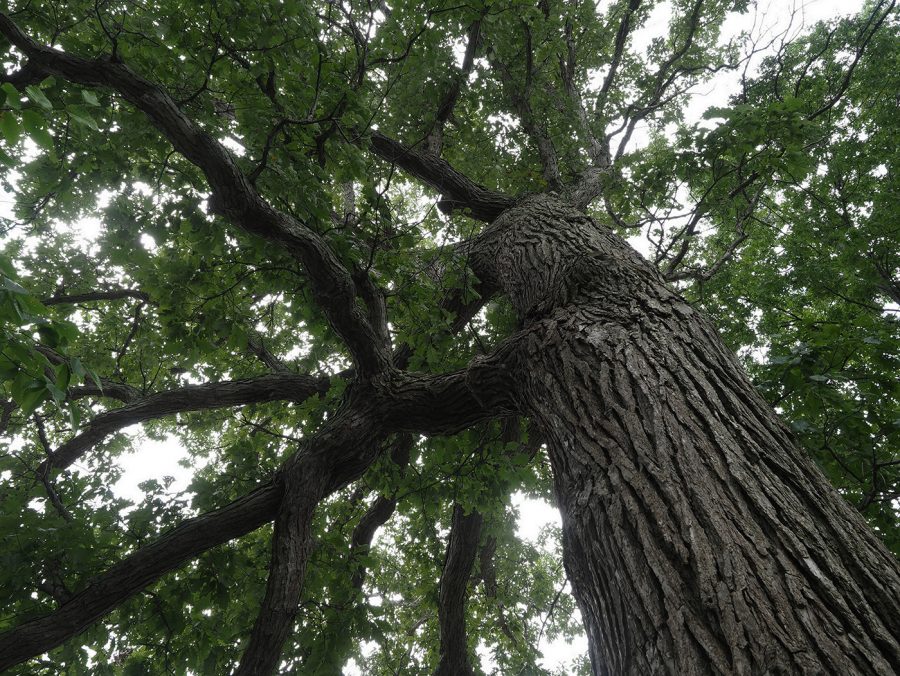Arboretum Fund Sets Example of Environmental Stewardship
I recently read Braiding Sweetgrass, a book by Robin Wall Kimmerer. Kimmerer, a member of the Citizen Potawatomi Nation, is a Distinguished Teaching Professor and director of the Center for Native Peoples and the Environment at the State University of New York College of Environmental Science and Forestry. In Braiding Sweetgrass, Kimmerer discusses how modern society relates to — and connects with — the natural world. For as much as we have advanced scientifically, she argues, we have lost sight of the kinds of reciprocal relationships with land that Indigenous people historically maintained. Essentially, we have forgotten to relate to land — to love it, and to understand and accept that it loves us back. Part of that relationship is understanding how we are all connected through land; the way that we treat land reflects how we treat each other. Care for the environment is care for others. “The outlet from my pond runs downhill to my good neighbor’s pond,” Kimmerer writes. “What I do here matters. Everybody lives downstream.” With Kimmerer’s words in mind, I was excited when the Review received an email from a representative of Kendal at Oberlin, informing us of a recently-established endowment fund benefiting the John Bartram Arboretum. The endowment was established by two Oberlin residents, Anne Helm and her late husband, Professor Emeritus of Classics Jim Helm. The Helms’ strong connection to the environment — and also to Oberlin —prompted them to establish the fund, which will support the Arboretum for years to come. In this way, sense of place becomes an important element of environmental stewardship, one of Oberlin’s core values, across both College and town communities. In order to fight for a place, you have to know it and love it. As Kimmerer writes, you have to understand that the only reason people live downstream of you is because you lived downstream of those who came before. We in Oberlin live downstream of so many incredible people who have made profound impacts on this community and beyond. Moments like the establishment of a fund to support a local arboretum are a recognition of that, and allow the rest of us a moment to pause and reflect on this place, what it means to us, what it has been, and what it can be. With the environmental and climate challenges we now face, that’s more important than ever.



